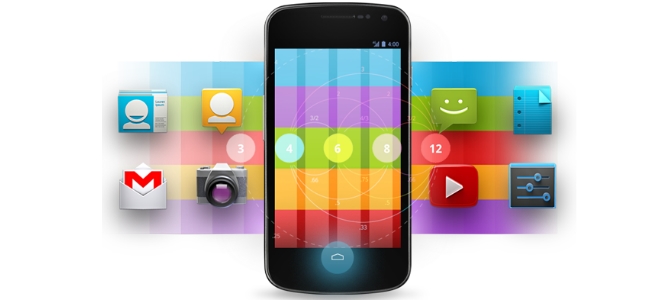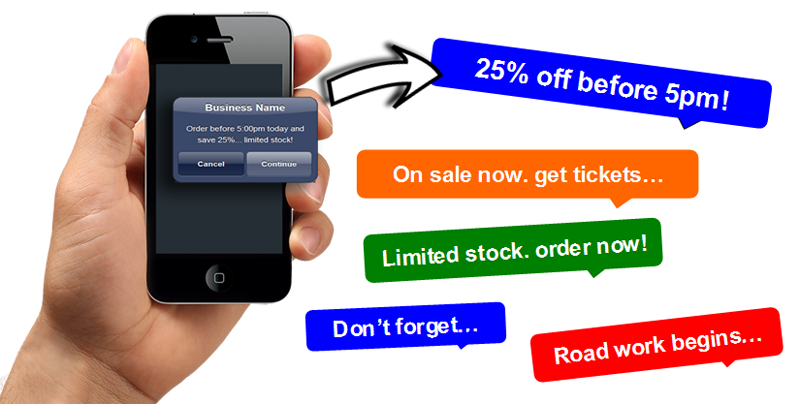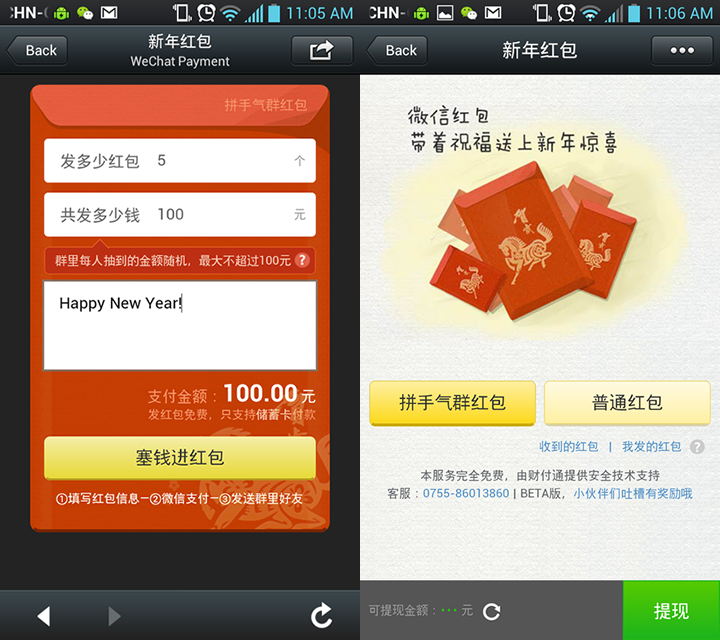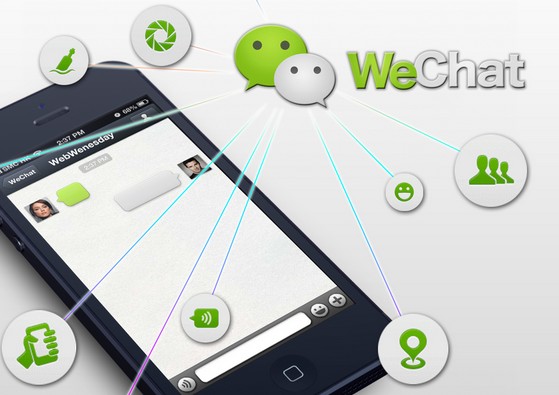Providing platform for brands to reach customers on their smartphones is the main WeChat‘s appeal to marketers in China. Central to this appeal is WeChat’s friendly ecosystem of mini-apps that can be accessed within the main app by following official brand accounts.
In some ways, an official account resembles a native app which raises an important question: should a brand setup an app, an official account or both? The optimal mobile strategy would, of course, depend, on a type of business and its marketing objectives.
In this article, I’m going to compare both strategies from the perspective of available functionality.
Download and installation
One of the advantages of WeChat account vs. native app is the fact that it requires no download. All it takes is a tap on “follow” button and you are in. The account “lives” within WeChat platform, so there is no installation either.
On the other hand, a native app has to be downloaded from a mobile store, either from iTunes for iOS or any of the Android stores. The download itself can be long, especially on a slow mobile network and will use up data quota, so it’s never completely free. It also takes space in the memory which can be an issue with low end devices.
Push notifications
Depending on the account type, notifications in WeChat official accounts can be displayed in the chat session tab or in subscription account folder. They are not pushed to user’s screen in the same way as native apps. The disadvantage of WeChat’s less obtrusive method of notifications is that they have to compete for attention in user’s active chat list.
On the other hand, if app users find notification annoying, they can easily turn them off without uninstalling the app. The same can be done with WeChat accounts as well.
Payment system
WeChat offers integration of its payment system with all eligible service accounts. Using a robust payment platform is one of the big added advantages of WeChat’s ecosystem. The platform also allows sending money between individual users.
Payment system integration in native apps can be more technically challenging and complex to implement.
Familiarity and trust
WeChat accounts share similar structure and are easy navigate. Even those with more complex functionality are easy to figure out which may not always be the case with native apps. Navigating around a new app, even a very well designed one, may take some effort at the beginning until it becomes familiar.
Functionality
The functionality of a native apps is only limited by smartphone’s operating system on one hand and designer’s imagination on the other. WeChat apps still lack that flexibility as their functional limits lie within the capabilities of the WeChat platform.
Some original designs or novel functional features simply can’t be realized on WeChat platform at this point, so on this front they still can’t rival native apps.
Advertising
WeChat offers various promotional options for brand accounts that work similar to mobile ads in apps. Admin panel of an account allows users to both advertise in other accounts as well as allow others to advertise in their accounts.
In addition, WeChat accounts often integrate other forms of promotions such as using KOLs, organizing contest or other engagement driven activities.
Integration with device
WeChat accounts can take advantage of platform’s capability to connect to device functions, such as location, camera, microphone and media access. However, it is still behind native apps that can have access to more functions of a smartphone such as accelerometer or bluetooth.









